Buffalo, New York is often associated with wings, snowstorms, and a revitalized waterfront—but beneath the surface lies a powerful maritime legacy. In the 19th and early 20th centuries, Buffalo was one of the most important inland ports in America, helping shape the nation’s economic development and industrial boom. Its shipping history is embedded in the city’s identity, architecture, and even its street names.
The Game-Changer: The Erie Canal
It all began with the Erie Canal. Completed in 1825, the 363-mile engineering marvel connected the Hudson River in Albany to Lake Erie in Buffalo. Before the canal, transporting goods from the Midwest to the East Coast relied mainly on slow and costly overland routes. The Erie Canal cut those transportation costs by up to 95%, by some estimates.
Serving as the canal’s western terminus, Buffalo quickly became the gateway between the Midwest’s agricultural heartland and the manufacturing centers of the East. Grain, lumber, coal, and iron flowed through the city in staggering quantities—fueling industrial growth and urban expansion.
Rise of the Grain Elevators
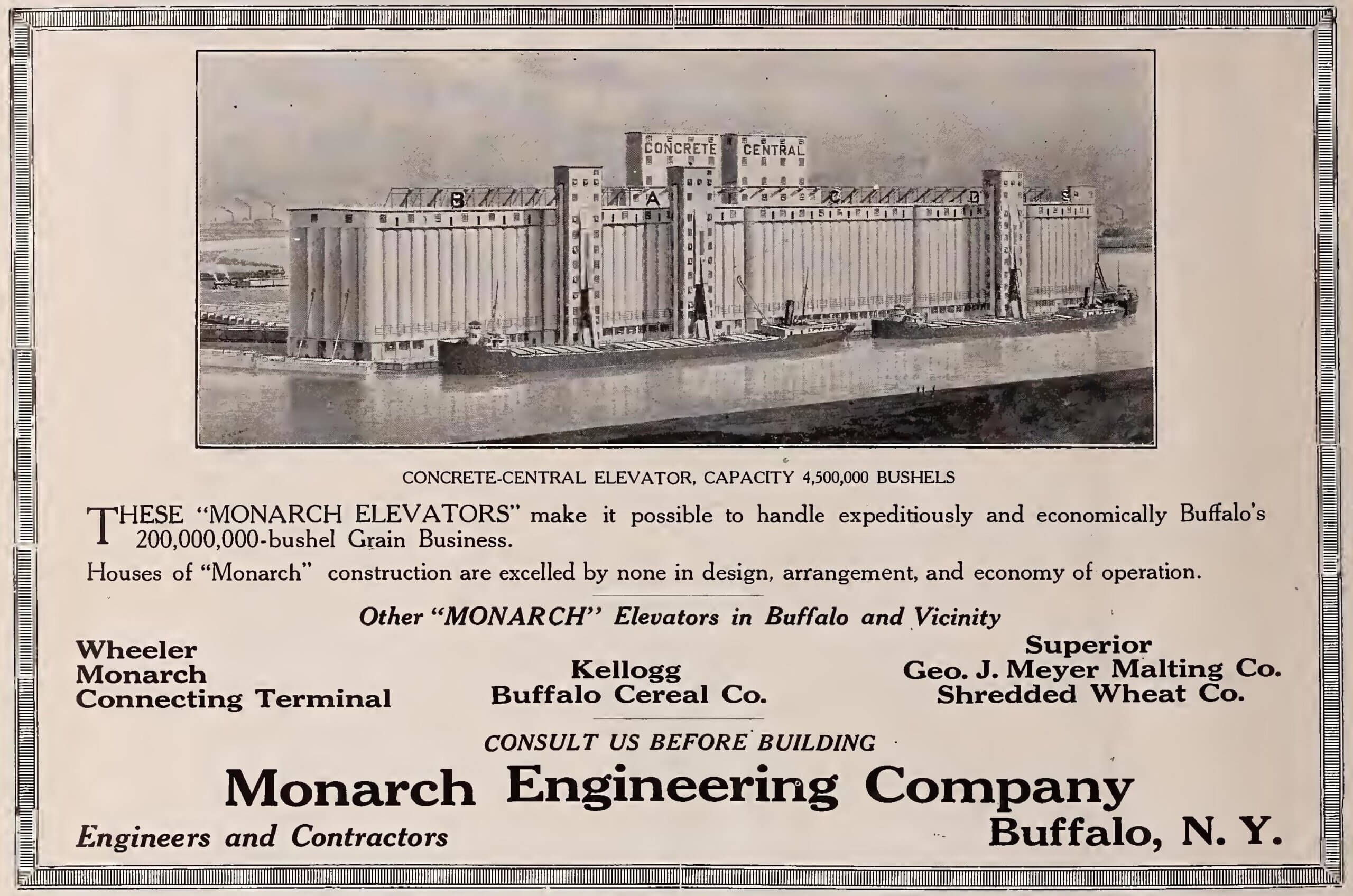
One of Buffalo’s most significant contributions to shipping was the invention of the grain elevator. In 1842, Joseph Dart and engineer Robert Dunbar designed the world’s first steam-powered grain elevator. This innovation revolutionized the grain trade by enabling rapid handling of massive quantities of grain. By the late 19th century, Buffalo handled more grain than any other city globally—even surpassing major ocean ports like New York and London.
Grain transported by lake freighters from Midwest farms was offloaded onto canal boats and shipped eastward via the canal network.
Lake Freighters and the Great Lakes Economy
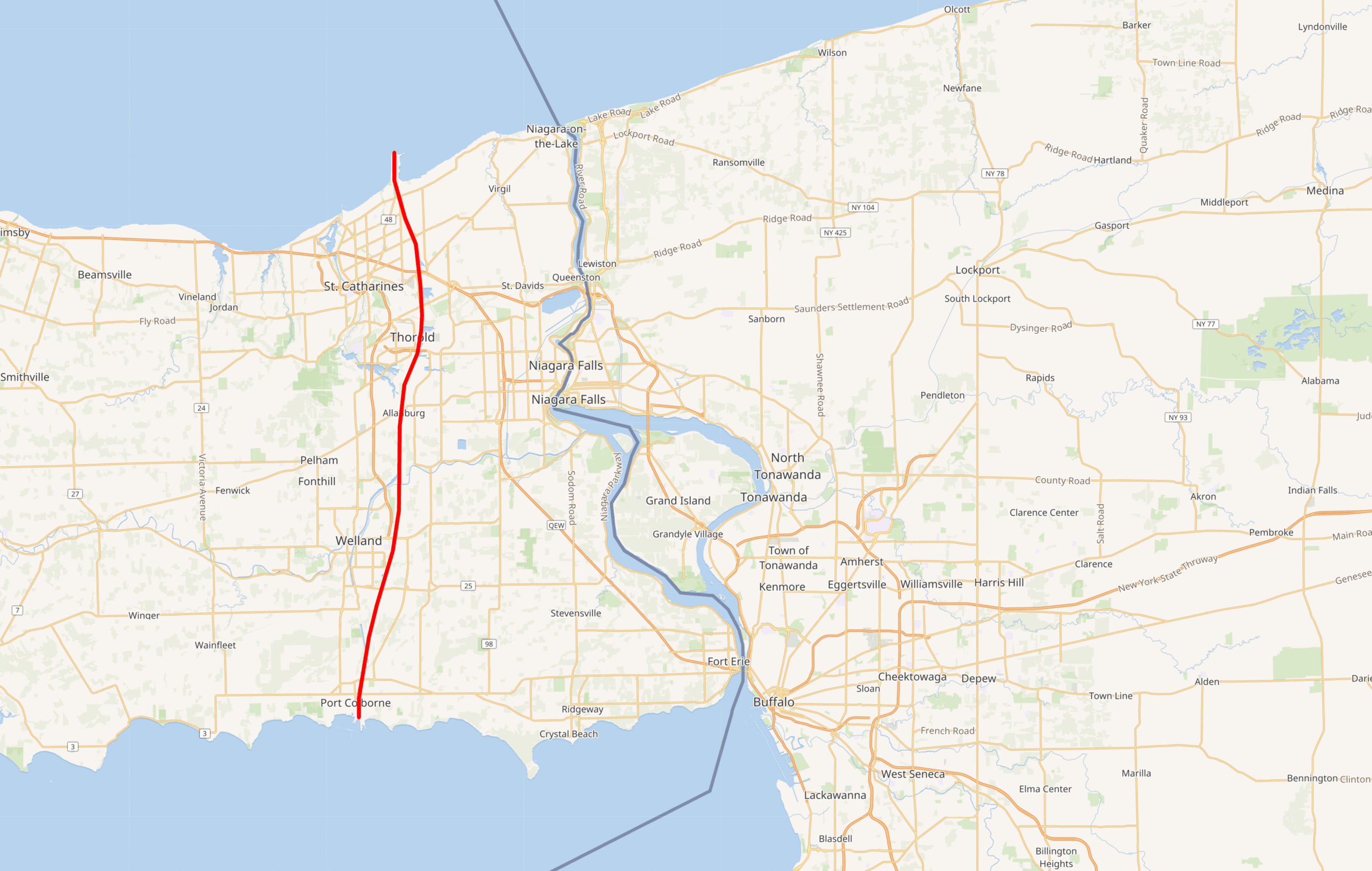
By the mid-1800s, Buffalo’s location on Lake Erie made it a vital node in the Great Lakes shipping network. A fleet of lake freighters—“lakers”—carried raw materials such as iron ore, limestone, and coal to Buffalo, Detroit, Cleveland, and Pittsburgh. The Welland Canal in nearby Canada allowed ships to bypass Niagara Falls, linking the upper Great Lakes to the Atlantic via the St. Lawrence River. Buffalo’s docks, grain elevators, and railyards expanded to handle the growing volume of trade.
A Hub of Industry
As shipping flourished, Buffalo’s manufacturing sector followed suit. By the early 20th century, Buffalo had become the 8th-largest city in the United States. Its multimodal connectivity—via lake, canal, and rail—made it a logistical powerhouse serving steel, auto, and chemical industries.
Buffalo also became a transportation crossroads, where railroads and shipping lines worked in tandem. The city’s layered infrastructure made it a natural hub for manufacturing and distribution.
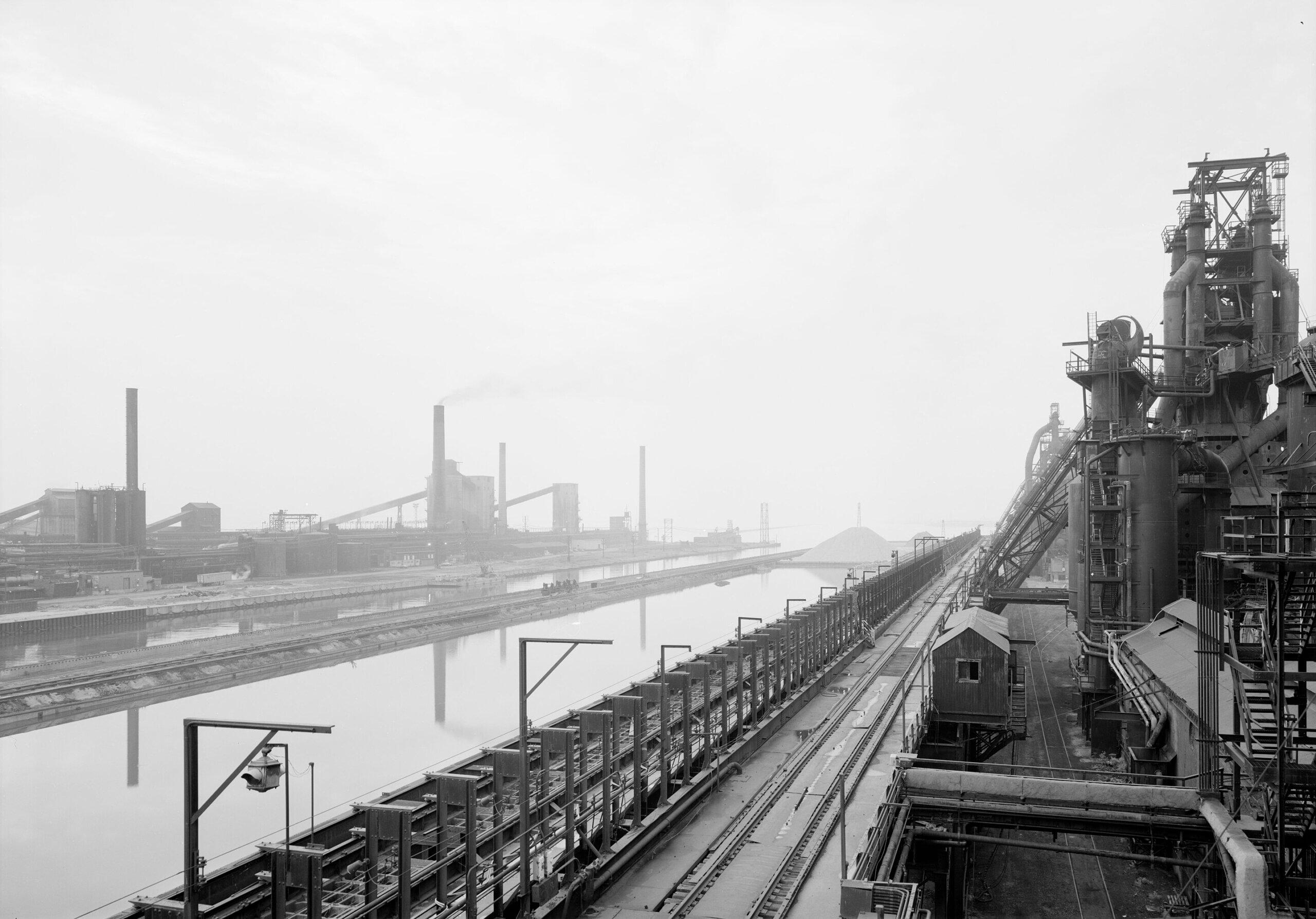
Decline and Renewal
Buffalo’s golden age continued into the mid-20th century, but the 1959 opening of the St. Lawrence Seaway diminished its role as a transshipment hub. Combined with deindustrialization, suburbanization, and shifting trade patterns, Buffalo’s waterfront economy declined for decades—its once-busy grain elevators and docks largely inactive.
In recent years, however, the city has begun to embrace and reinterpret its maritime past.
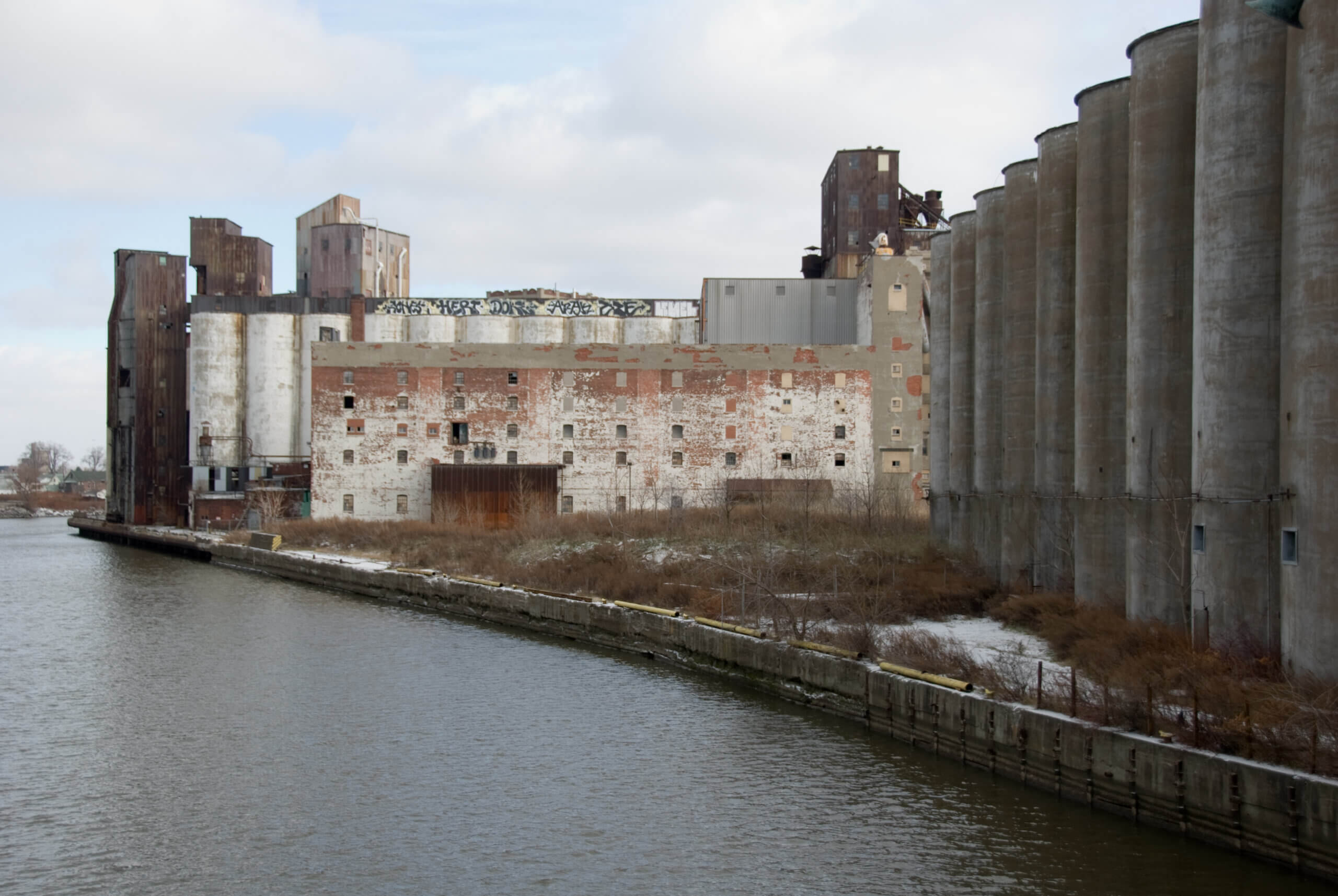
New Cruise Ship Terminal: A Modern Link to a Historic Past
In April 2025, Governor Kathy Hochul announced a major new initiative to bring Great Lakes cruise ships to Buffalo—cementing Lake Erie’s continued role in regional shipping and tourism.
Victory Cruise Lines has formally committed to including Buffalo as a port of call in its 2027 and future itineraries. The Erie Canal Harbor Development Corporation (ECHDC) has approved a $1.65 million contract to design and build a new cruise terminal at Slip 2 on the Outer Harbor, with construction beginning in 2026 and completion targeted for mid-2027.
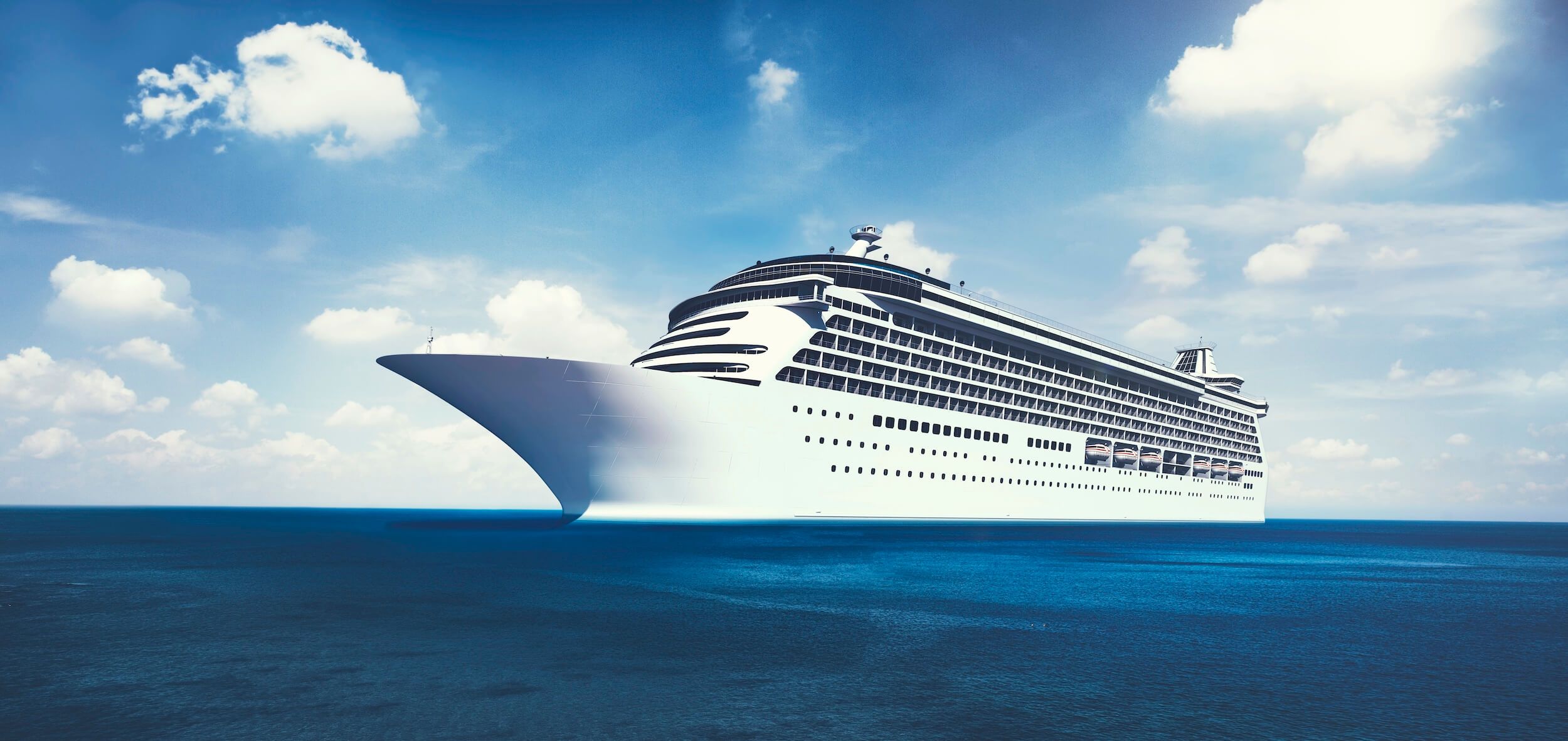
This marks the first time cruise ships are expected to dock in Buffalo—reviving Lake Erie’s legacy of maritime commerce and opening a new frontier in tourism, local business, and international visibility.
By 2035, officials project that Buffalo could welcome approximately 12,000 cruise passengers each year, supporting the creation of around 220 new jobs in the cruise-related industry.
Watch the WKBW report:
Honoring the Past, Shaping the Future
Today, Buffalo’s waterfront is experiencing a renaissance. The massive grain elevators still stand—some repurposed as event spaces, art installations, or historical landmarks. Canalside, a vibrant waterfront district, now draws visitors with walking paths, concerts, ice skating, and tributes to Buffalo’s nautical roots.
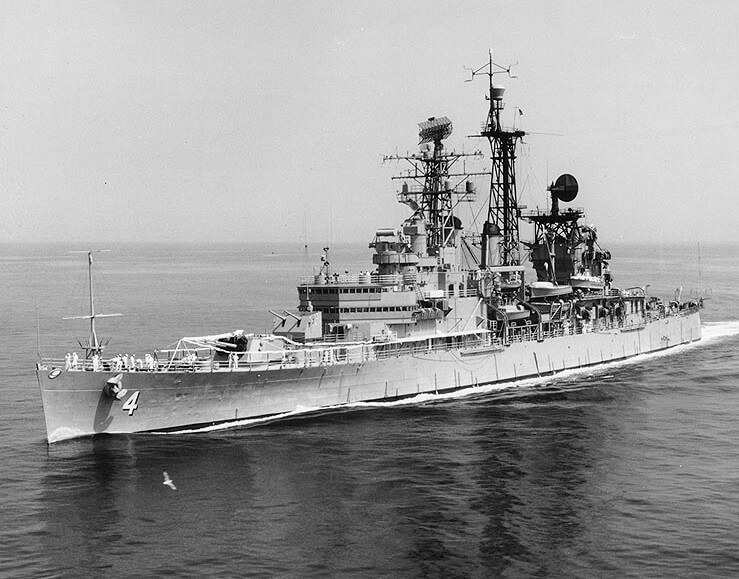
The Buffalo and Erie County Naval & Military Park preserves maritime memory through historic vessels like the USS Little Rock, while new investments—like the upcoming cruise terminal—represent a renewed commitment to Buffalo’s lakefront legacy.

 Fair Housing Notice
Fair Housing Notice 